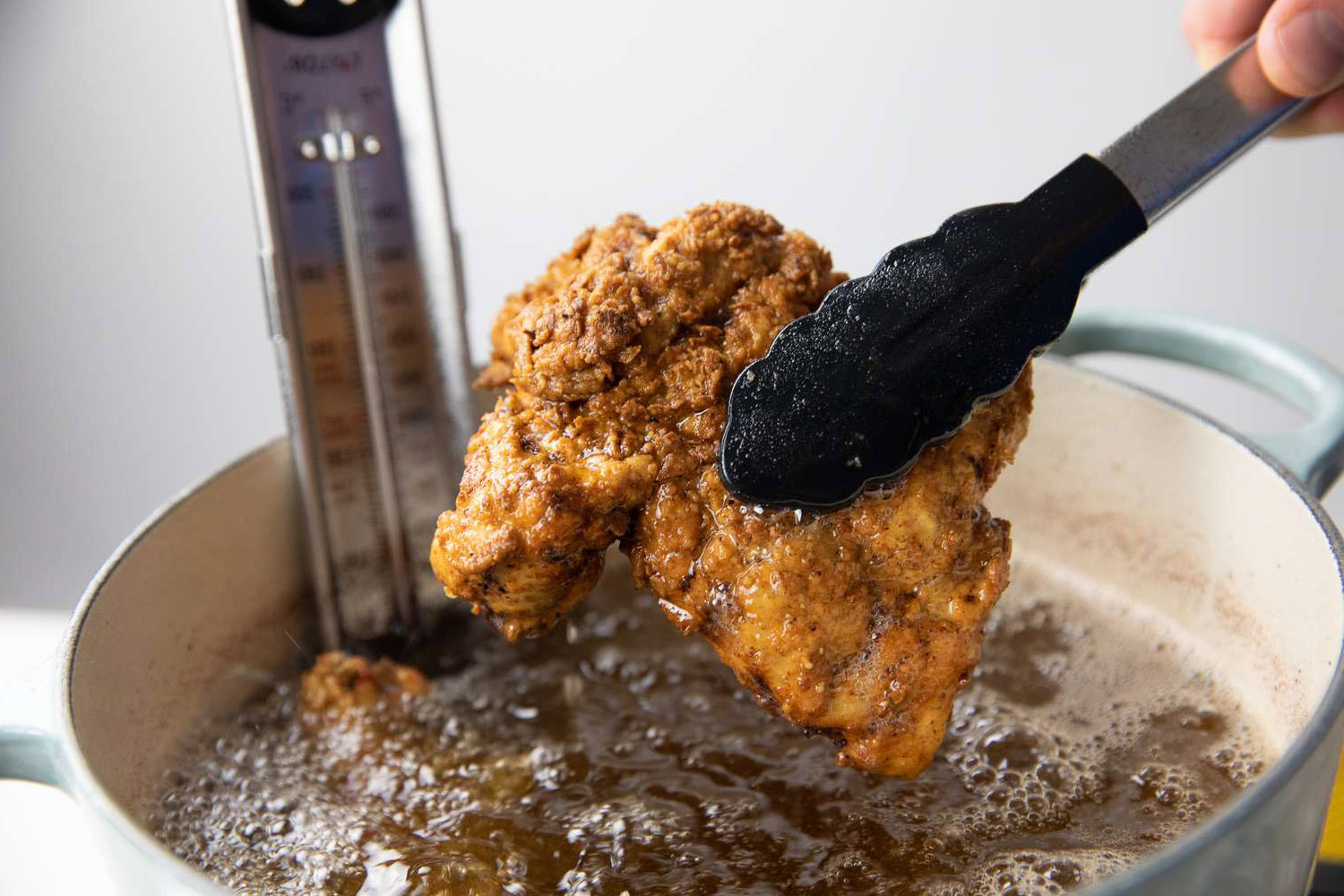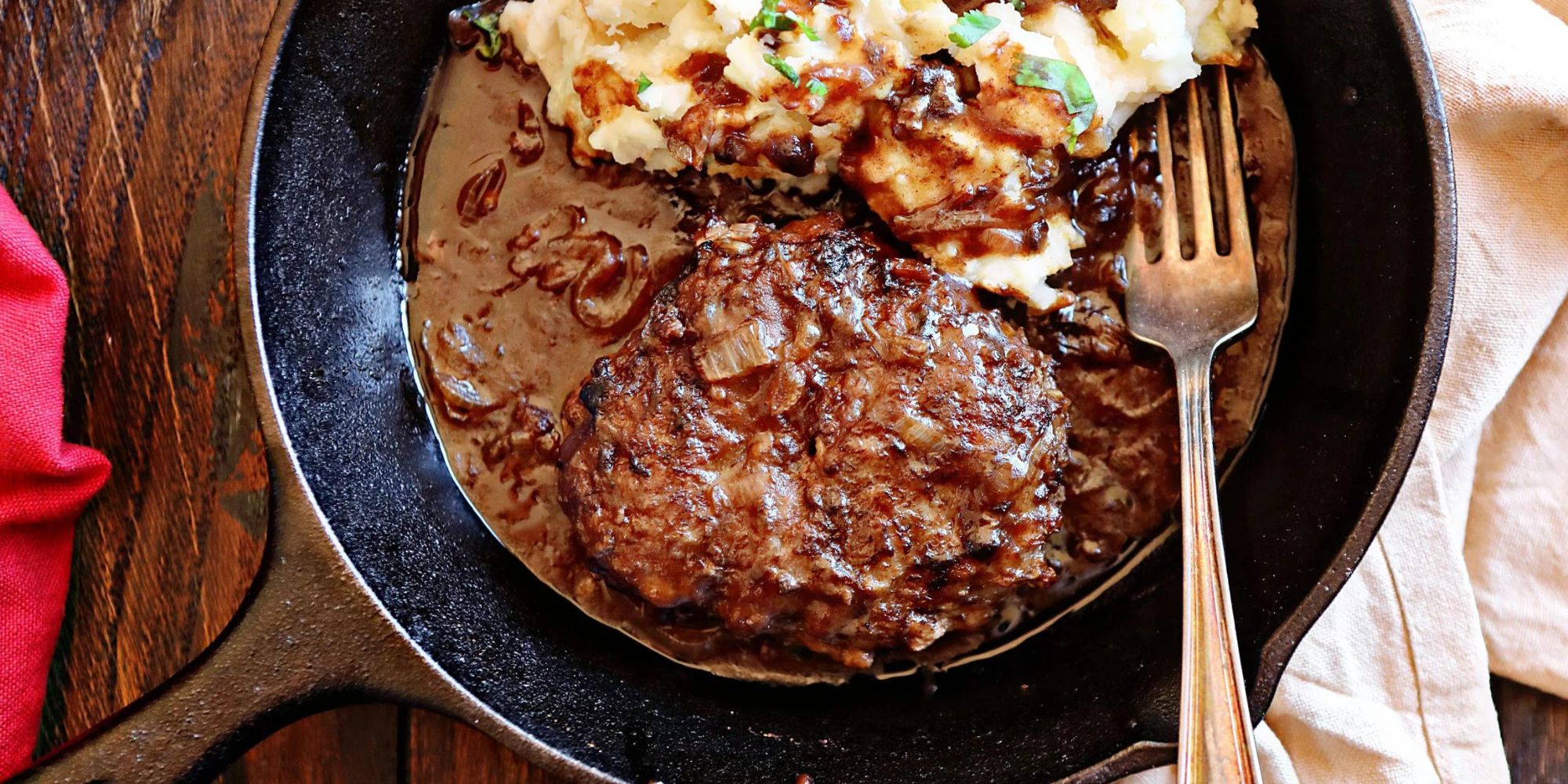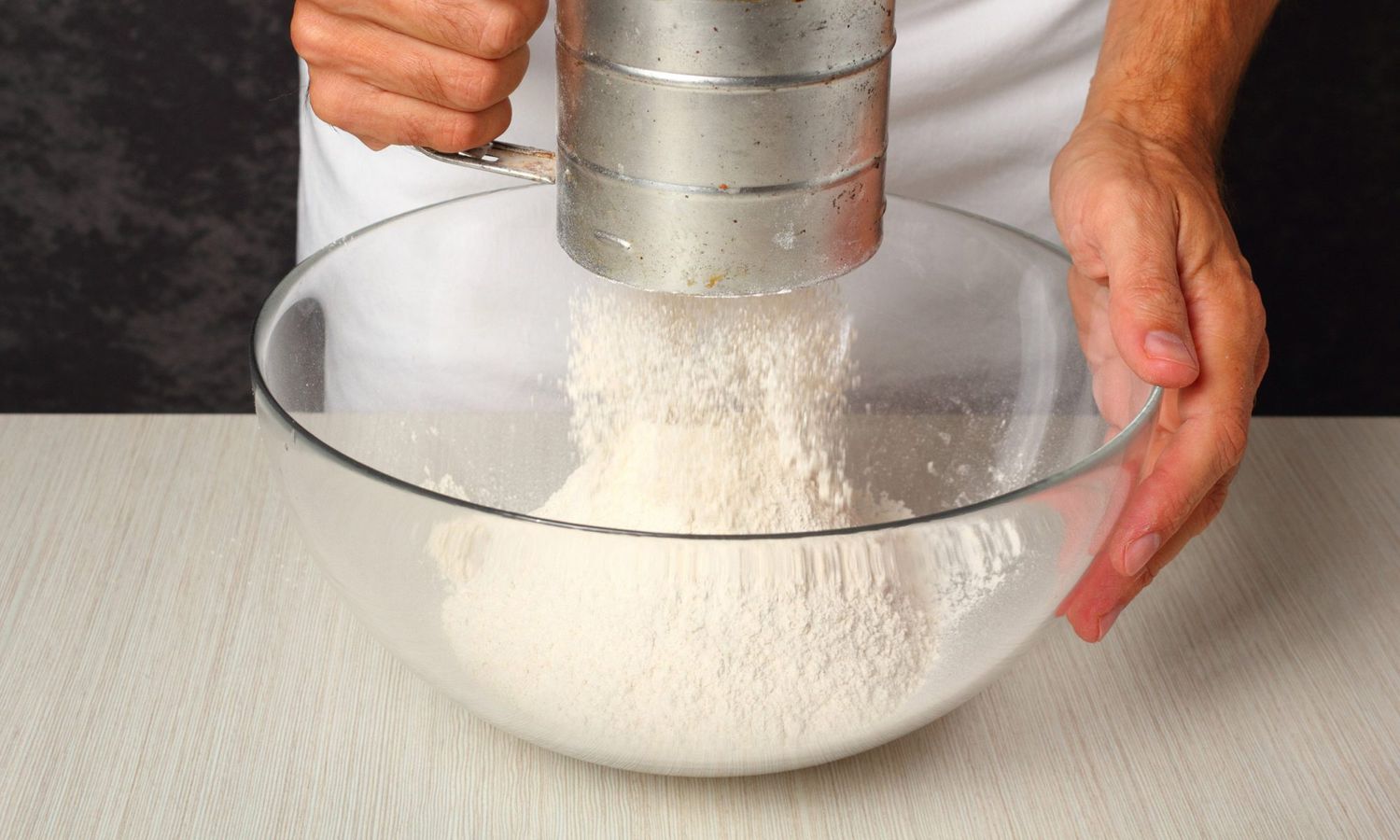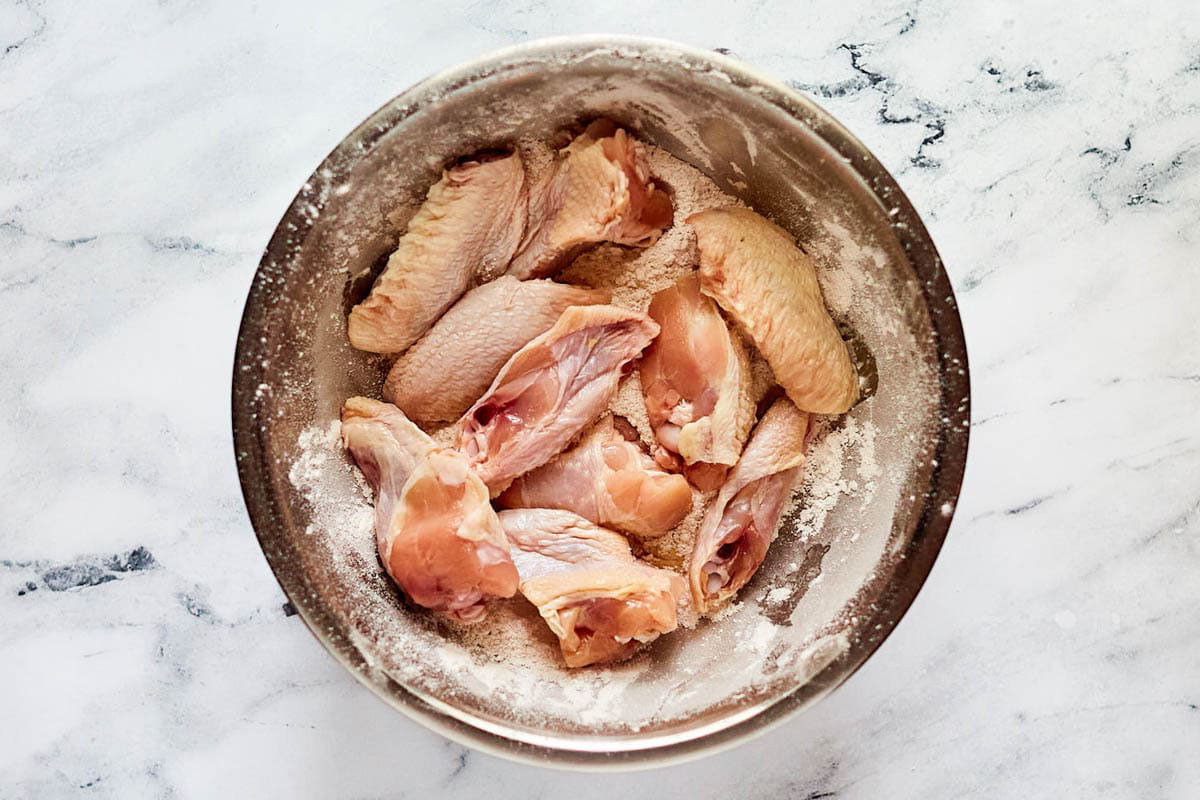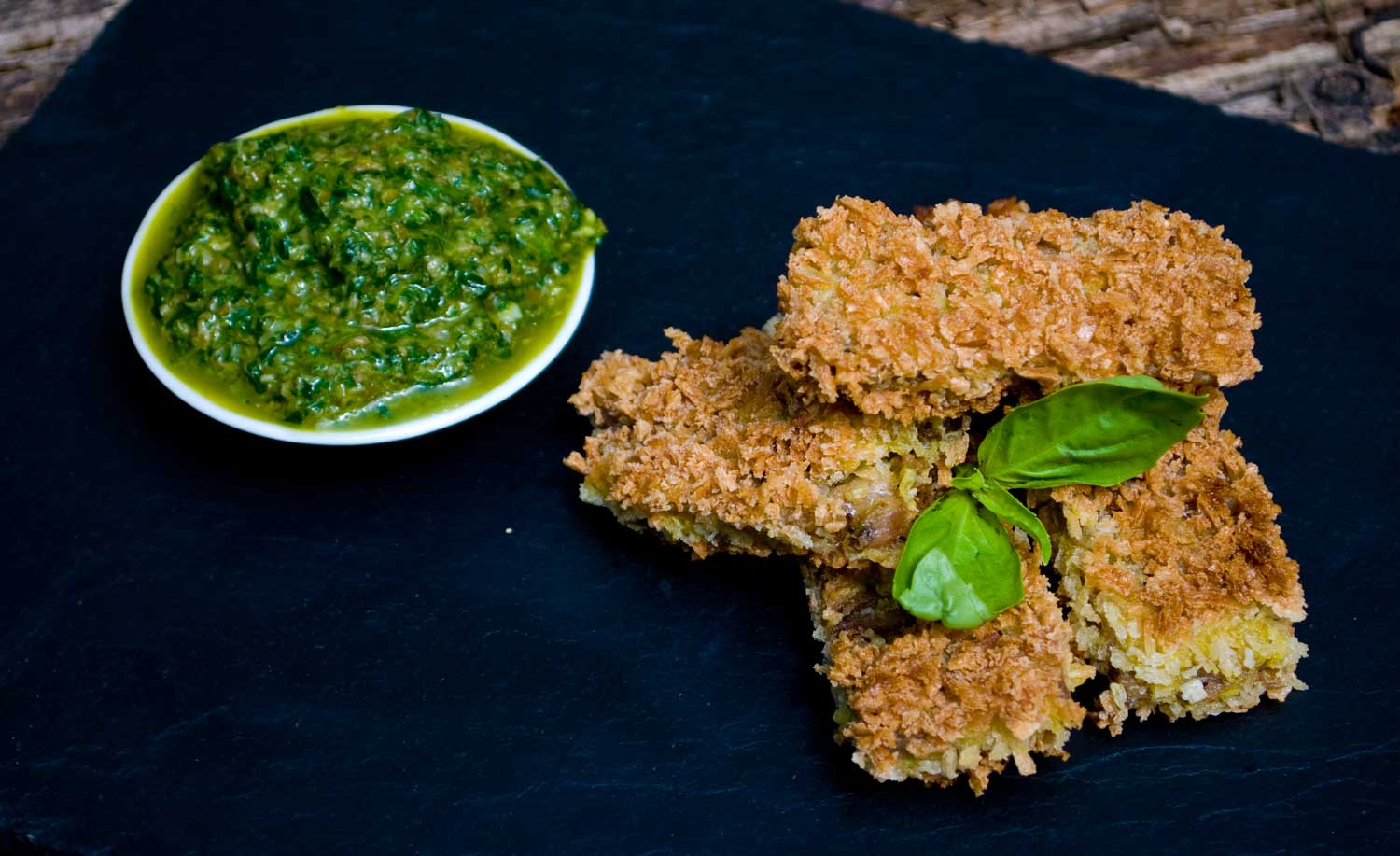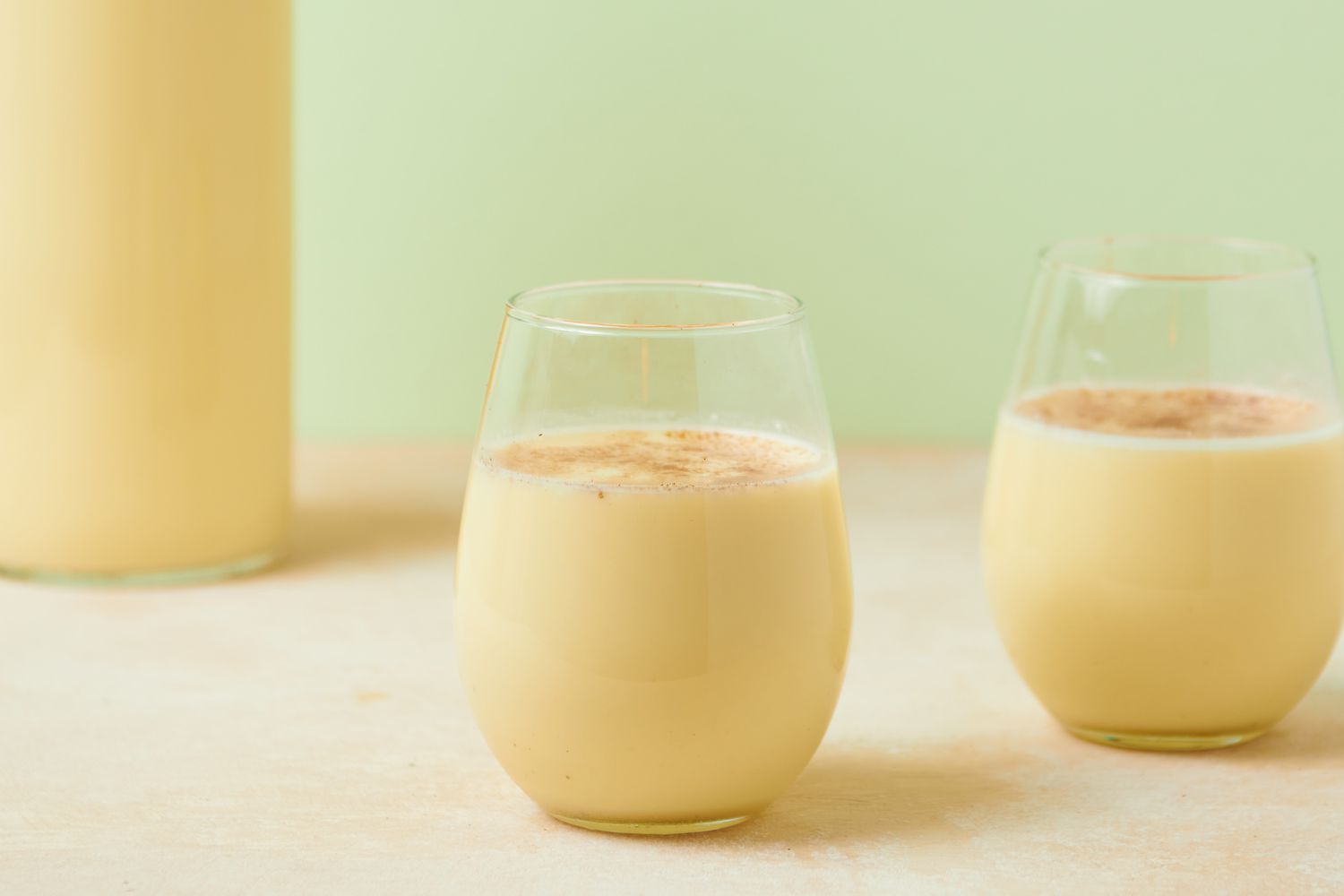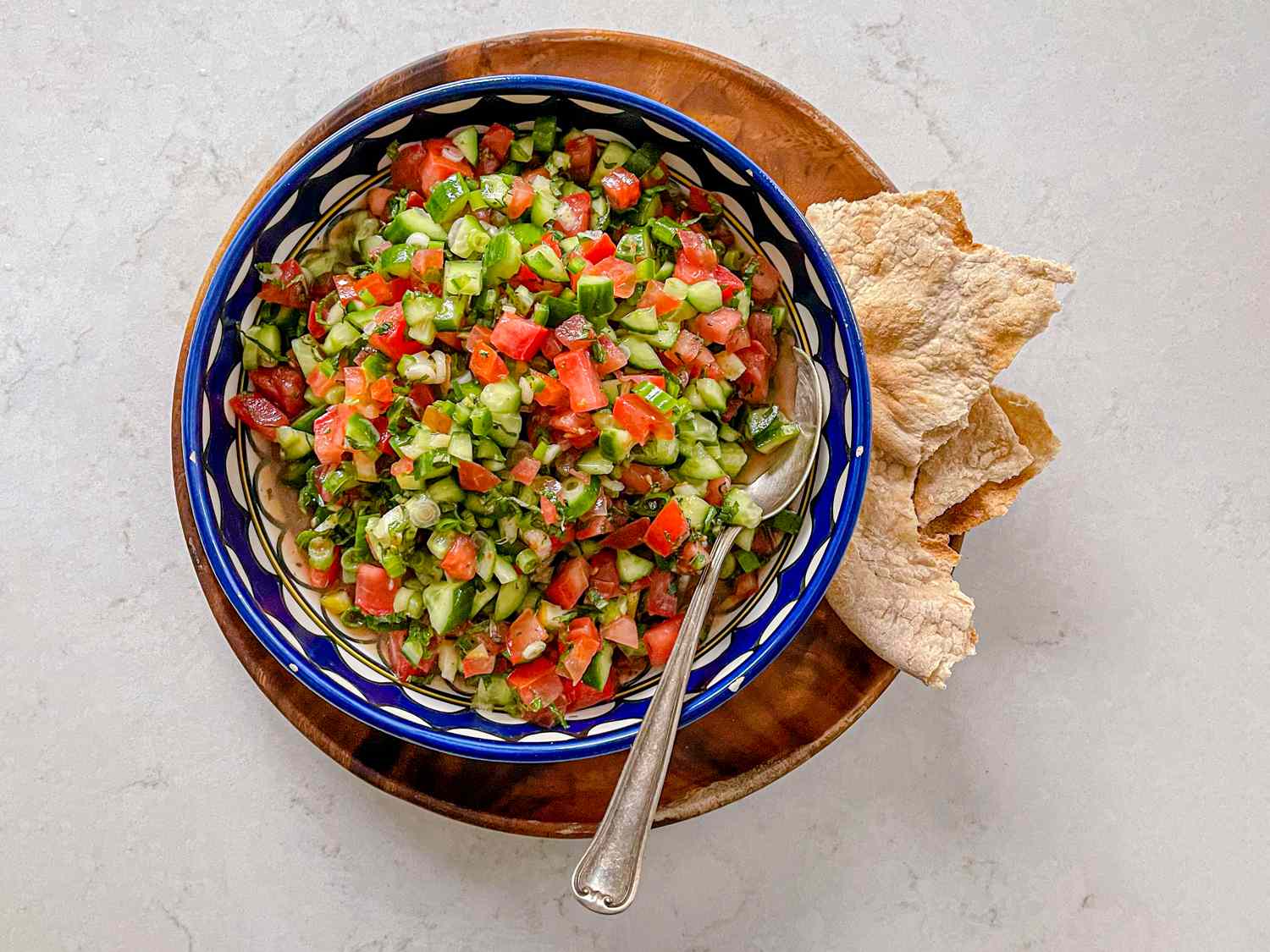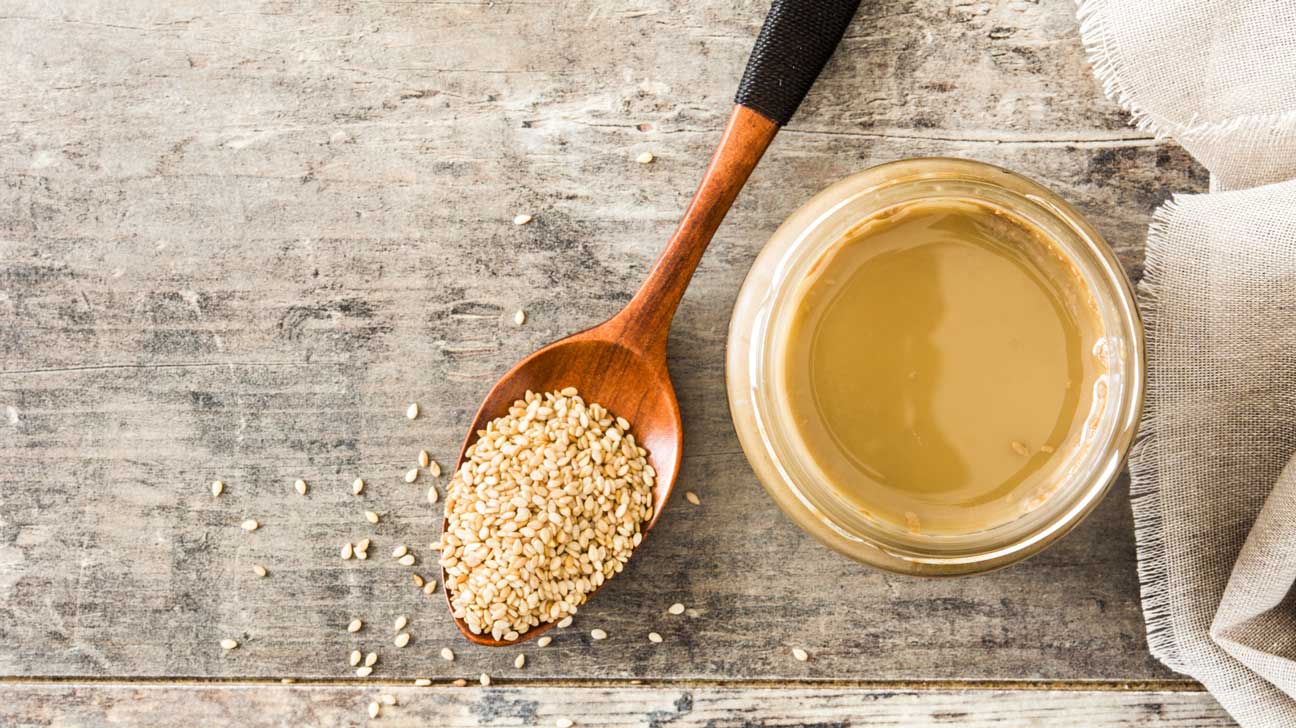Discovering the Delightful Portuguese Muffin
Have you ever heard of a Portuguese muffin? If not, you’re in for a treat! This delectable pastry is a beloved staple in Portuguese cuisine and is gaining popularity around the world for its unique flavor and texture. Let’s delve into the delightful world of Portuguese muffins and uncover what makes them so special.
Origins of the Portuguese Muffin
The Portuguese muffin, also known as “bolo levedo,” originates from the Azores, a group of islands in Portugal. This traditional muffin has been enjoyed by generations of Portuguese families and is a cherished part of their culinary heritage. Its popularity has spread beyond Portugal, and you can now find Portuguese muffins in bakeries and cafes in various parts of the world.
Characteristics of a Portuguese Muffin
So, what sets a Portuguese muffin apart from other types of muffins? Here are some key characteristics that make it unique:
- Texture: Portuguese muffins have a slightly crisp exterior with a soft and fluffy interior, making them incredibly satisfying to bite into.
- Flavor: These muffins are subtly sweet with a hint of tanginess, thanks to the use of yogurt or buttermilk in the batter.
- Size: Portuguese muffins are typically smaller in size compared to traditional American-style muffins, making them perfect for a light breakfast or snack.
Ingredients Used in Portuguese Muffins
The ingredients used in Portuguese muffins are simple yet essential for achieving their distinctive taste and texture. Some of the key ingredients include:
- Flour: All-purpose flour is commonly used as the base for Portuguese muffins.
- Yogurt or Buttermilk: This adds moisture and a slight tanginess to the muffins.
- Sugar: A small amount of sugar is used to provide a subtle sweetness.
- Yeast: Unlike traditional muffins that use baking powder, Portuguese muffins rely on yeast for leavening, contributing to their unique texture.
- Butter: Butter is added to the batter to enhance the flavor and texture of the muffins.
How to Enjoy Portuguese Muffins
Portuguese muffins can be enjoyed in various ways, making them a versatile and delightful treat. Here are some popular ways to savor these delectable pastries:
- Plain: Enjoy a freshly baked Portuguese muffin on its own for a simple yet satisfying snack.
- Toasted: Toasting a Portuguese muffin and spreading it with butter or jam enhances its flavor and adds a delightful crunch.
- Sandwiches: Use Portuguese muffins as a base for breakfast sandwiches or mini sliders for a unique twist on classic recipes.
- Dipped: Dip a warm Portuguese muffin in your favorite hot beverage for a comforting and indulgent treat.
Where to Find Portuguese Muffins
If you’re eager to try Portuguese muffins for yourself, you can often find them in Portuguese bakeries, specialty grocery stores, or cafes that offer a diverse selection of baked goods. Additionally, some online retailers may also carry Portuguese muffins, allowing you to enjoy this delightful treat no matter where you are in the world.
In Conclusion
Portuguese muffins are a delightful and unique addition to the world of baked goods. Their distinctive texture, subtle sweetness, and rich history make them a must-try for any food enthusiast. Whether you enjoy them plain, toasted, or as part of a creative recipe, Portuguese muffins are sure to leave a lasting impression with their delightful flavor and charm.
So, the next time you come across a Portuguese muffin, be sure to indulge in this delightful pastry and savor the rich culinary heritage it represents.
Was this page helpful?
Read Next: What Is Pomodoro Sauce?
